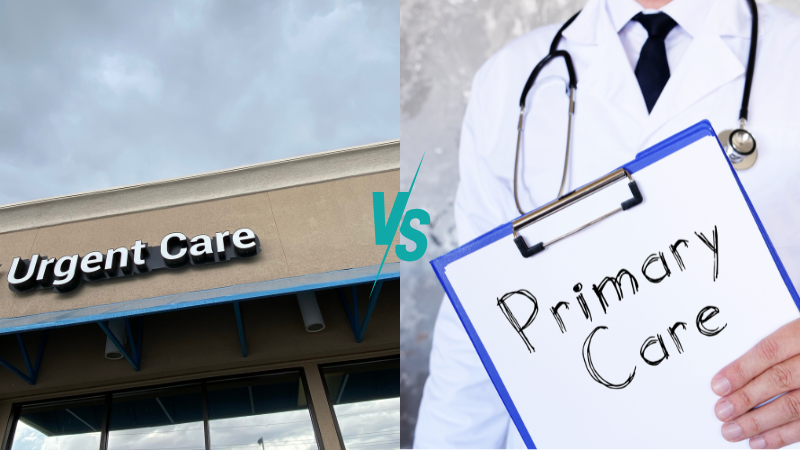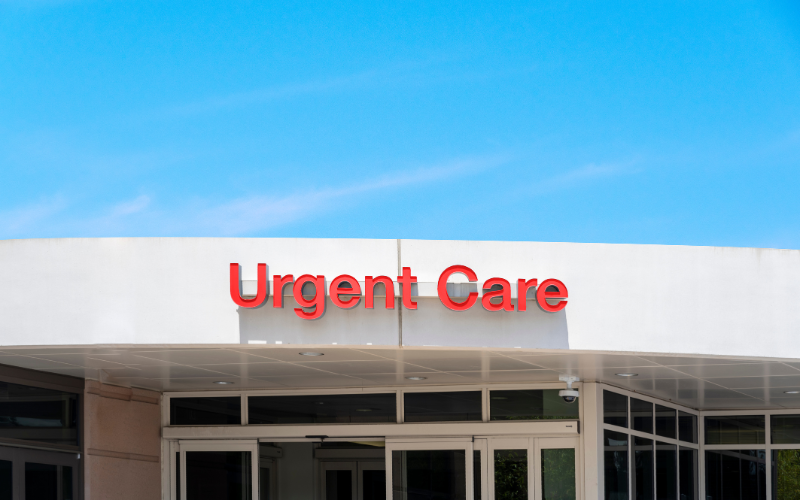
The Rise of Urgent Care
Evolving Healthcare Landscape:
– Traditional healthcare models often involve scheduling appointments with primary care physicians, resulting in longer wait times for patients seeking immediate attention. Urgent care centers emerged as a response to this challenge, providing a more accessible and convenient option.
– The rise of urgent care can be attributed to the changing dynamics of the healthcare landscape, where patients increasingly value on-demand services and shorter waiting periods.
Bridging the Gap:
– Urgent care centers bridge the gap between primary and emergency room services. They are equipped to handle various non-life-threatening medical issues, including minor injuries, illnesses, and diagnostic testing.
– This versatility makes urgent care centers an attractive option for individuals needing prompt medical attention but not requiring the resources and extensive care available in emergency rooms.
Convenience and Accessibility
Extended Operating Hours:
– Urgent care centers typically offer extended hours of operation, including evenings and weekends. This extended availability allows patients to seek medical care outside traditional clinic hours.
– This convenience is especially valuable for individuals with busy work schedules or those who cannot easily take time off during regular business hours.
Walk-In Appointments:
– Urgent care centers usually accept walk-in appointments without the need for advance scheduling. Patients can arrive at the facility and receive timely care.
– The absence of appointment requirements reduces the wait time. It offers flexibility not often found in primary care settings, where appointments may need to be scheduled weeks in advance.
Meeting the Demand
1. Addressing Overcrowded Emergency Rooms:
– Urgent care centers help alleviate the strain on hospital emergency rooms by handling non-life-threatening cases. This ensures that emergency rooms can focus on critical cases, improving overall efficiency.
– Urgent care centers reduce overcrowding and long wait times in emergency departments by providing a more suitable option for less severe medical issues.
Expanding Access in Underserved Areas:
– Many urgent care centers strategically open in areas with limited access to healthcare services. This expansion helps bridge healthcare gaps in underserved communities.
– By offering accessible and affordable care options in these regions, urgent care centers play a vital role in ensuring that a broader population can access medical services.
The Scope of Services
Comprehensive Care for Non-Emergencies:
– Urgent care centers are equipped to provide comprehensive medical services, including treatment for common illnesses like flu, colds, and infections and minor injuries such as sprains and fractures.
– They also offer diagnostic services like X-rays and laboratory testing, allowing for quick and convenient assessments of various medical conditions.
Convenience for Routine Healthcare Needs:
– Beyond treating acute conditions, urgent care centers often offer preventive services like vaccinations, physical exams, and general health screenings.
– This breadth of services makes urgent care centers a one-stop destination for urgent healthcare needs and routine medical check-ups, enhancing their convenience and value to patients.
Benefits for Patients
Reduced Waiting Times:
– Urgent care centers are designed to offer timely care for non-emergency medical issues. Patients typically experience shorter waiting times compared to emergency rooms, where more critical cases are prioritized.
– This reduced wait time ensures that patients can receive prompt attention and treatment, leading to quicker relief from their medical concerns.
Cost-Effective Care:
– Urgent care centers often have more affordable pricing structures than emergency rooms. Patients may also have lower out-of-pocket expenses when choosing urgent care over other healthcare facilities.
– This cost-effectiveness is particularly advantageous for individuals without insurance or those seeking care for non-severe medical conditions, as it helps them manage healthcare costs more efficiently.
Challenges and Considerations
Limited Scope for Complex Cases:
– While urgent care centers are well-equipped to handle a wide range of non-life-threatening medical issues, they may not have the resources or specialists required for complex or severe medical conditions.
– Patients with complex or severe cases may need to be transferred to a hospital or specialist, which can result in delays in receiving appropriate care.
Variable Quality of Care:
– The quality of care at urgent care centers can vary depending on the facility, its staff, and its adherence to healthcare standards.
– Patients should research and choose an accredited and reputable urgent care center to ensure they receive high-quality medical attention.
In conclusion, urgent care centers have witnessed significant growth due to their convenience, accessibility, and ability to meet the demand for timely medical care. While they offer benefits such as reduced waiting times and cost-effective care for non-emergencies, patients should be mindful of their limitations, especially for complex cases, and select reputable centers for their healthcare needs.





